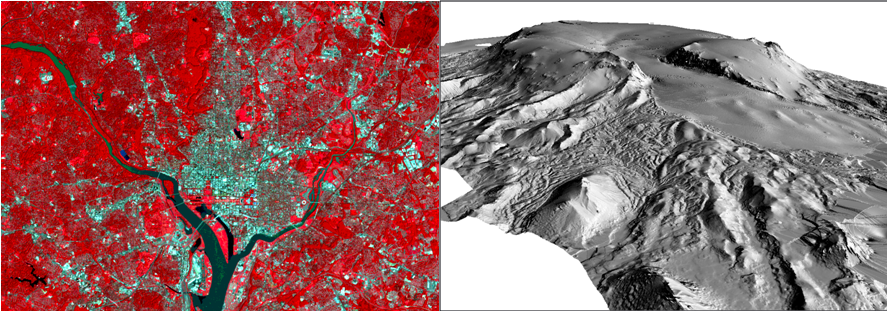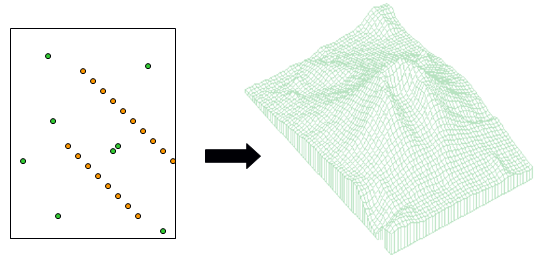The first time I saw a tube map of London was a long time before I actually ever went there. It was during my one summer living in downtown Toronto with a bunch of crazy girls. One of the saner ones had a poster of the tube on her bedroom wall. It was from the Tate Gallery, where the different tube lines were created with thick lines of paint, which I’ve found again here. At the time, I found this poster really fascinating. If you know anything about the underground in Toronto, it’s pretty uninteresting and wouldn’t make much of a visual object!
Then more recently, I came across a super wacky map of the London Underground made by Franceso Dans, a visitor to UCL from Goldsmiths spending 6 weeks in CASA. You can view his map and his motivation behind this amazing construct on his blog. He’s working on more of these tube maps for different cities as well as an application that will allow you to travel from A to B anywhere in the world without using an airplane. He’s harvesting all the information, e.g. train and bus timetables, from the internet to build the site.
If you’d like to spend some time at CASA working with experts in visualisation, digital media, data harvesting and crowdsourcing, then consider applying for one of our User Fellowships. CASA has developed a number of interesting ways of visualising ‘big data’ that might benefit your organization. Or maybe you have an interest in crowdsourcing and seeing how you can harness the power of the crowd in providing data. Or you’d like to see what analysing twitter feeds might mean for your business. If you are a non-academic and want to work with CASA on a project where you could pick up some visualisation or data analysis skills, then apply for a User Fellowship. The deadline is 21 Sep 2012 and there’s more information on the TALISMAN website.


